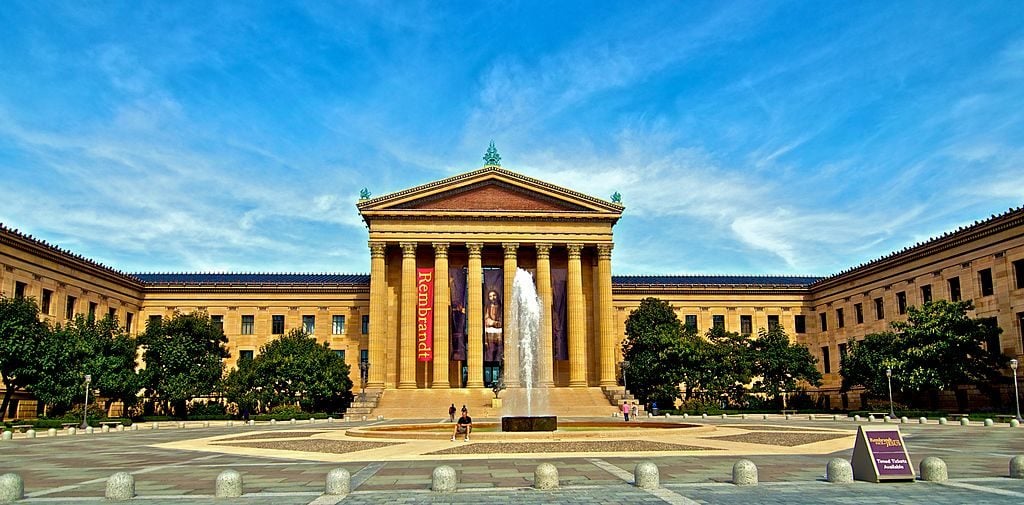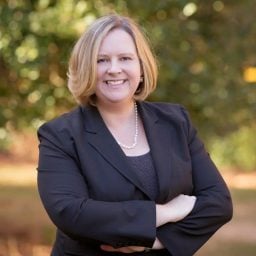Last summer, demands for racial justice echoed from the Philadelphia Museum of Art’s (PMA) famous steps as thousands gathered for a Black Lives Matter protest against police brutality.
“We will change the system,” shouted one activist through a megaphone. “We ain’t going nowhere.”
Inside the museum, employees felt equally determined to make its executives listen to years-long complaints about policies that made the 145-year-old institution a predominantly white workplace with a predominantly white audience in a city where the majority of residents are people of color.
For many employees, the final straw came last June when leadership sent a staff-wide letter describing the otherwise peaceful demonstrations as “compromised by the looting and destruction of property” and suggesting that “every individual life matters.”
For workers, it was another blow to morale in a year of mass furloughs and layoffs, a raging pandemic, and allegations by staffers against managers of sexual misconduct and instances of physical abuse, all set against the backdrop of a unionization effort that the museum opposed.
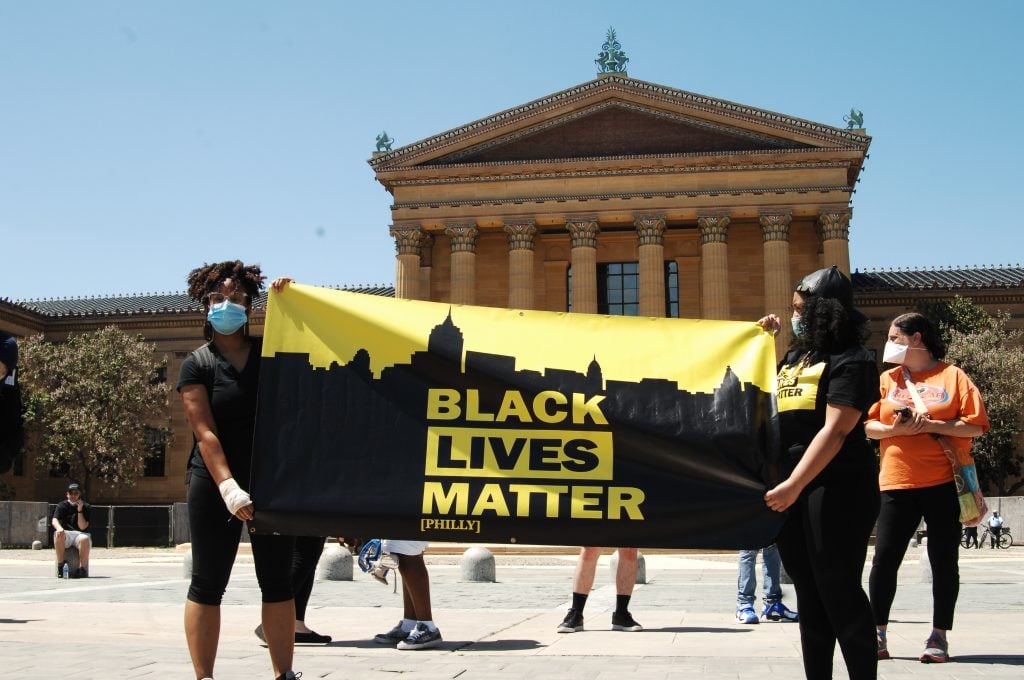
Outside the Philadelphia Art Museum in Philadelphia, PA, on May 30, 2020. Photo by Cory Clark/NurPhoto via Getty Images.
A Concerning Lack of Transparency
The troubles at the PMA were felt at museums across the US last year, as cultural institutions struggled to meet employee expectations. Still, many workers regarded it as a positive step this summer when numerous leading institutions released detailed diversity, equity, and inclusion issues (DEI) plans.
But more than six months later, employees are still waiting for progress reports. Artnet News surveyed more than a dozen museums across the country, none of which agreed to share the full amount of money they have dedicated toward DEI initiatives, even as they delineated ambitious timelines for creating diversity departments, implementing bias training, and establishing guidelines for purchasing more works by artists of color for their collections.
Three museums provided a partial account of their spending on DEI programs, but said it would be hard to provide total amounts because of long-term projects. Nine other museums did not provide any details on dollars spent, declining to even say if money was being appropriated to DEI initiatives that were publicized in the wake of the Black Lives Matter protests.
For nonprofit experts, the financial obscurity surrounding these diversity initiatives is concerning.
“Transparency is necessary because it shows you are serious,” said Joe Steele, a consultant with nearly 30 years of experience providing inclusivity and diversity training to nonprofits with the firm Visions. “This isn’t top secret stuff; museums should be trying to let their communities know that they are serious about diversity.”
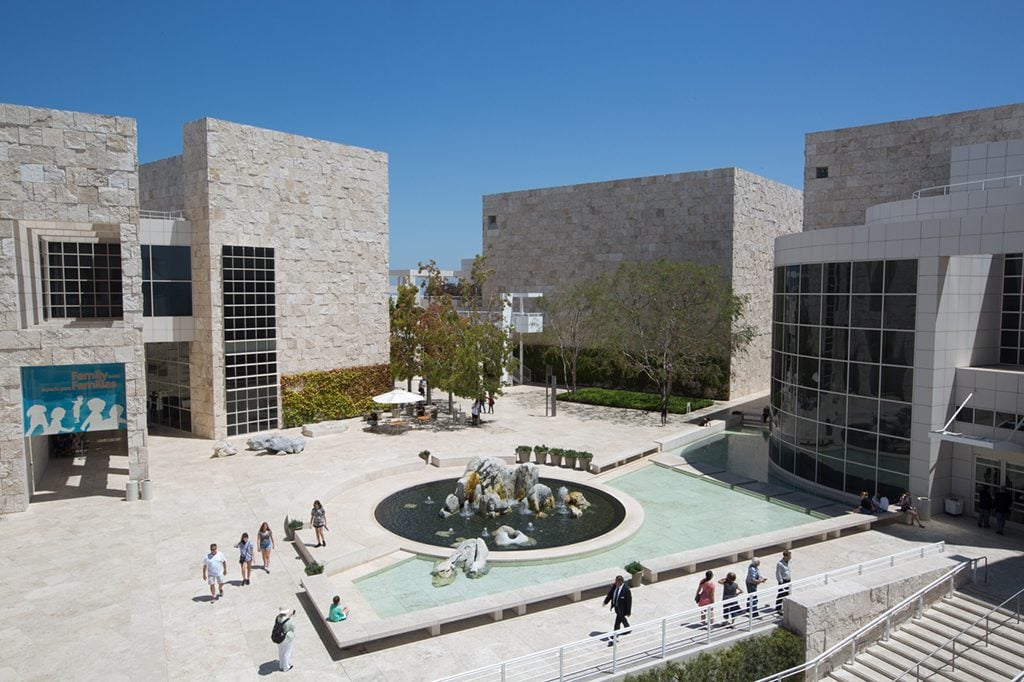
The Getty Center in Los Angeles, California. Courtesy the Getty Center.
More Work, Same Pay
According to one source in the DEI consulting business, some museums are unwilling to discuss funding because it might appear to contradict their dire financial situations during the coronavirus pandemic. Yet it was precisely the economic crunch that had employees worried last summer that DEI initiatives would become extra work for them, with no additional resources.
In July, more than 250 current and former staffers of the Getty warned that “members of the newly formed DEI Council and Task Forces are challenged with balancing their full-time positions without budget, work release, additional compensation, or benefits,” adding that the Getty should “signal the importance of this work by allocating a budget to the various DEI groups and giving them authority to enact change.”
Seven months later, the foundation responsible for a large portion of the museum’s cultural programming has not responded to employee concerns. “We just don’t have a dollar figure to provide,” a Getty spokeswoman told Artnet News. “Work is underway across every department.”
Similar reasoning was provided by the Museum of Contemporary Art in Detroit (MOCAD), whose former director, Elysia Borowy-Reeder, was fired last summer following allegations of abusive behavior from a dozen former workers.
The museum has since said that it is committed to structural change, although a spokesperson declined to say how much the institution was spending to repair its relationship with employees and the public.
“MOCAD has a modest budget and limited financial flexibility,” a museum spokesperson said in a statement, adding that the museum is seeking grants to achieve some of its DEI goals. “MOCAD’s dedication to community and racial justice exceed financial measure.”
While money cannot measure the efficacy of diversity initiatives, for many employees it represents the seriousness of an organization’s efforts to affect change. And without financial resources, diversity experts say that organizations like MOCAD would find it difficult to advance their goals in the long-term because DEI necessitates time.
“There’s no diversity nirvana, and results are slow,” said Kathleen LaTosch, who runs a DEI consulting firm based in Detroit that specializes in nonprofits. “I tell groups that they need to make a lifespan commitment to diversity in the same way they attend to their marketing departments.”
At the PMA, officials say they have established an office for diversity work and are actively searching for a deputy director to help lead the unit. When asked about funding for these and other projects, a spokesperson declined to share an amount.
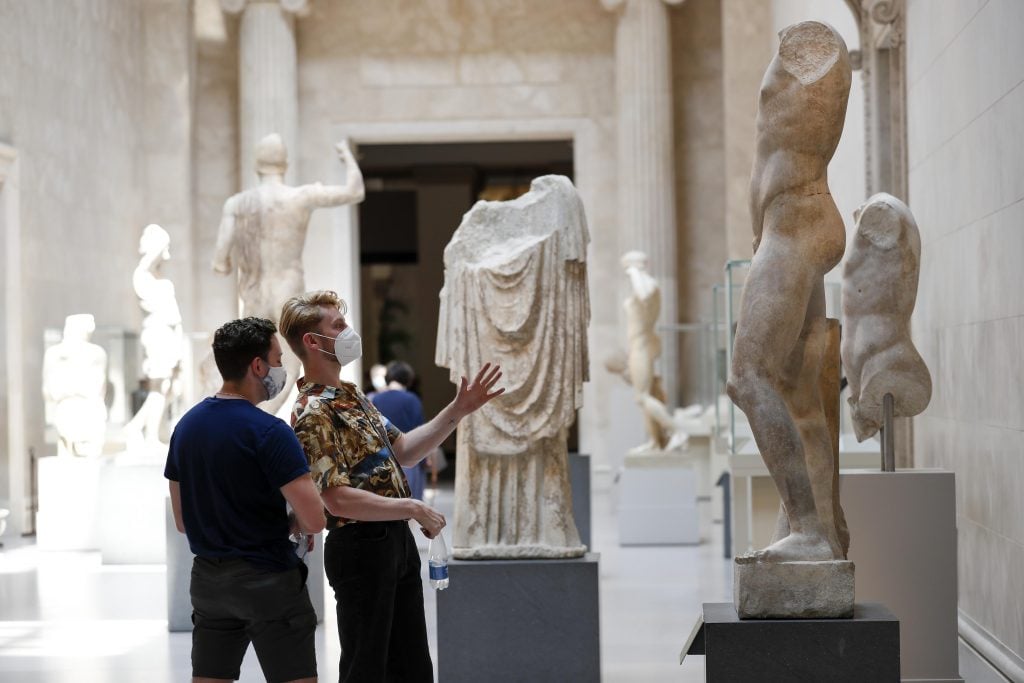
People wearing face masks visit the Metropolitan Museum of Art. Photo by Liao Pan/China News Service via Getty Images.
Dollars and Cents
With the support of donors, larger museums have been able to put dollar amounts to some of the diversity initiatives they have publicized. The Metropolitan Museum of Art has said that it will implement a $3 million to $5 million fund to support initiatives, exhibitions, and acquisitions to broaden its art-historical narratives. Another $10 million will go toward an acquisitions endowment to increase the amount of works by BIPOC artists in its 20th- and 21st-century collections. The museum has also recently hired a chief diversity officer, Lavita McMath Turner.
“The activism of the summer provided an opportunity for the museum to accelerate and expand our DEIA work,” said Dan Weiss, the Met’s president. “While the museum has been facing financial challenges as we navigate the loss of revenue from reduced visitorship, our commitment to this work has dramatically increased in 2020 and 2021, as is necessary and appropriate.”
Even with a fraction of the Met’s operating budget, other museums have been able to devote funds to their DEI initiatives. That includes the Detroit Institute of Art, which is using a 2019 grant for $240,000 from the Institute of Museum and Library Services on a number of initiatives aimed at broadening the demographics of its staff, audiences, and exhibitions. The board has also established a confidential hotline to report matters involving discrimination.
The New Orleans Museum of Art, which faced intense criticism from former employees who described its workplace as having a “plantation-like culture,” says it has spent approximately $100,000 on DEI work in the past six months, and that it will continue to spend in the future.
Its projects include the creation of an internal equity task force, increasing BIPOC representation on its board to 25 percent annually over the next three years, and the purchase of more works by artists of color.
“We have been able to hold workshops over Zoom, and have been able to facilitate in-person trainings while strictly adhering to mandated COVID-19 safety guidelines,” NOMA director Susan M. Taylor said. “In all of our DEI efforts, we are striving for inclusivity and open transparency.”
Whether that work will be enough to assure employees, activists, and the public that museums can make good on their promises remains to be seen. But based on his experience, Steele said the next step is for museums to have the broader community advise on their plans.
“Right now, the intent looks good but the feasibility is questionable,” he said. “You almost have to be over-transparent with DEI to make people feel like it’s real.”
